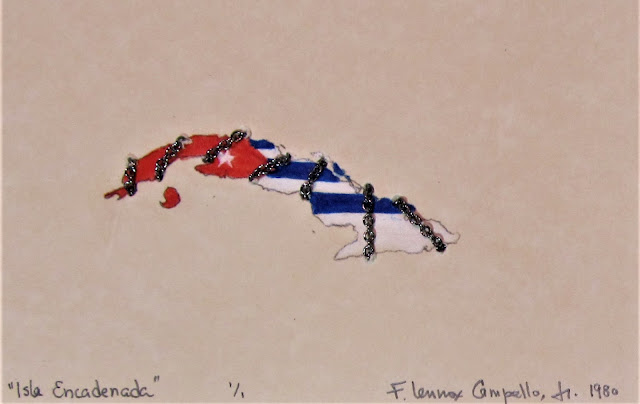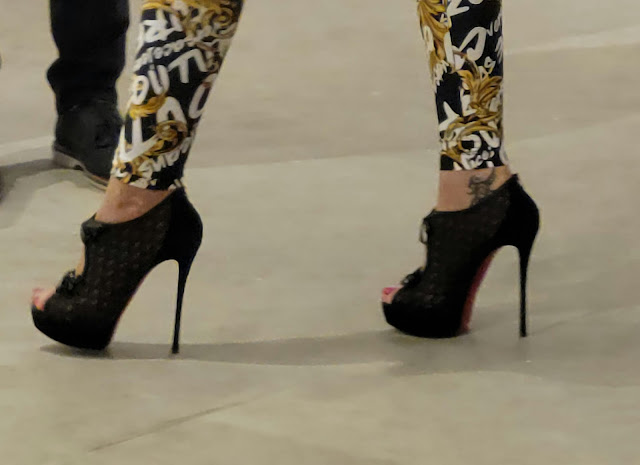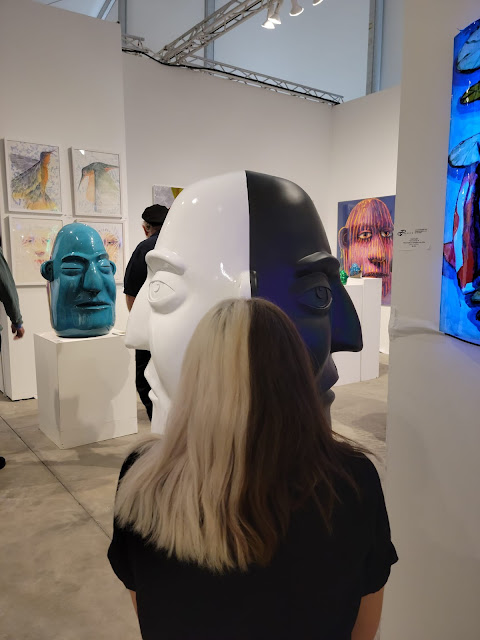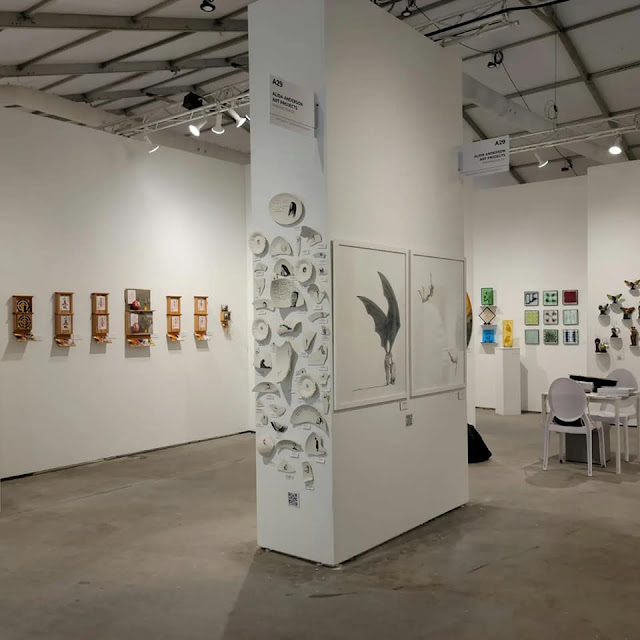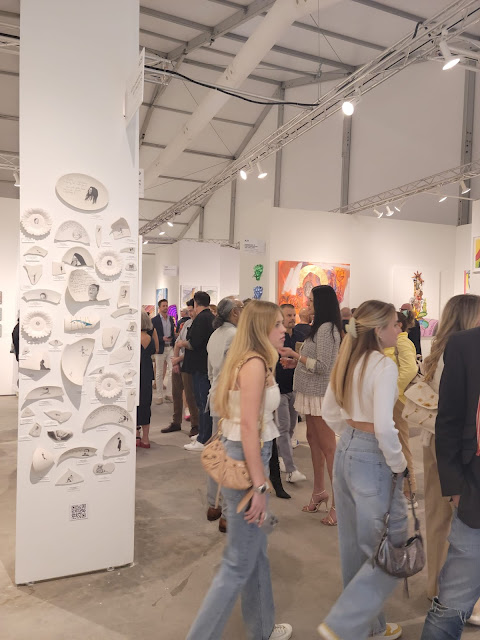In 1829, Cuba was the first nation
of Latin America, and also before several European nations, to use steam ships.
In 1837, Cuba became the third
nation in the world, after England and the US, to build a railroad. It also had
the causal effect of creating a significant Chinese immigration to the island.
The first doctor to use anesthesia
in medical operations in Latin America (and also before Spain, Portugal, Italy,
France and many other European nations) was a Cuban. It was ether and the year
was 1847.
In 1860, in the city of Cardenas,
two clinics started the world’s first health insurance projects. Known then as
Mutual Benefit Organizations, these MBO's were the precursors of what are known
today in the US as Health Maintenance Organizations or HMO's. Membership in one
of Cardenas's MBO's gave its members access to all of the then available medical
treatments that the clinics offered. As the medical systems and clinics
developed, most Cuban hospitals and clinics provided free healthcare to the
poor.
The first Latin American to play
professional baseball in the US (and the “father of Cuban baseball) was the Cuban,
Esteban Bellan in 1871.
The very first demonstration on
planet Earth of an industry powered entirely by electricity was in done in Havana
in 1877.
In 1881, a Cuban epidemiologist, Dr. Carlos Finlay, was the first to discover the transmitting
agent of yellow fever, the mosquito Aedes
Aegypti, which now also happens to carry zika. Dr. Finlay studied medicine
at Thomas Jefferson University in the US.
The first system of electric
lighting in all of Latin America, and also before a dozen European countries
was installed in Cuba in 1889.
The first streetcar in Latin America
(and before six European nations) began operation in Havana in 1900.
In 1900, before at any other country
of Latin America, the first automobile arrived in Cuba. By 1959, there were
more Cadillacs in Havana than in New York City.
The first Latin American woman to
drive a car was the Cuban writer Renee Mendez Cape in 1900.
The first Latin American Olympic
champion was a Cuban. The gold medal was won by the fencer Ramon Fonst Segundo,
in 1900 (he also won a silver in that Olympiad). In 1904 Fonts won three gold
medals in fencing!
The first Ibero-American nation to abolish bullfights was Cuba in 1901.
In 1902, when Cuba finally broke
away from Spain, the island had been the source of between 50%-75% of the
entire Spanish Gross National Product.
The first city on the planet to have
a direct dialing telephone system was Havana in 1906. The second city in the
world to have a direct dial telephone system was Santiago de Cuba, the capital
of the Oriente province. All through the first half of the century, Cuba had
more telephones per capita than any Latin American country except Argentina and
Uruguay.
In 1907, the first x-ray medical department
in Latin America (and before nearly every European nation) was established in Havana.
On the 17th of May, 1913 the first international
aerial flight in Latin America was achieved by the Cuban pilots, Agustin Parla and
Domingo Rosillo del Toro. The flight was between Cuba and Bone Key, Florida and
lasted 2 hours and 40 minutes.
Cuba, in 1918, was the first country
of Latin America to grant divorces to married couples.
The first Latin American (and the
first person born outside of Europe) to win the world championship of chess was
the Cuban master, Jose Raul Capablanca. He’s considered one of the greatest
players of all time and was world champion form 1921-1927. He only lost 35
matches in his lifetime.
In 1922 Cuba was the second nation
in the world to have a commercial radio station, and the first nation in the
world to broadcast a music concert. By 1928 Cuba had 61 radio transmitters, 43
of them in Havana, giving the nation the fourth place of the world, only
surpassed by the US, Canada and the Soviet Union.
In 1935 the concept of the radio
novel and radio series was created by the Cuban Felix B. Caignet. That was the
seminal birth of the telenovela as
well!
In 1935, the first black man to play professional baseball in the then segregated Major Leagues (and 12 years before Jackie Robinson) was the Cuban player Roberto Estalella. Cuban professional baseball had never been segregated.
In 1937 Cuba was the first nation in
Latin America (and before most European countries) to establish a legal work
day of 8 hours. It also established a minimum wage!
In 1940 Cuba became the first
country of Latin America (and also before many European nations) to elect
politicians by universal suffrage and absolute majority.
Also in 1940, when 70% of the Cuban
population was white, Cuban voters elected a black Cuban as President
(Fulgencio Batista). Batista was the first (and so far only) black President elected in Latin America.
In 1940, Cuba was the first nation in Latin
America (and before several European nations) to recognize and authorize the
right to vote for women, the equality of rights between sexes and races, and
the right of women to work.
In 1942, the Cuban musical director
Ernesto Lecuona became the first Latin American musical director to receive a
nomination for an Oscar.
The second country in the world with
a commercial television station was Cuba in 1950. Throughout the decade,
Cubans had more TV sets per capita than any other Latin American country, and
more than Italy, Spain, Ireland, and Portugal.
Also in 1950, Damaso Perez Prado’s mambo
piece Patricia was the number one record for 15 consecutive weeks in the
Hit Parade list.
In 1951, Desi Arnaz became the
leading producer in American television. He also pioneered the concept of a
third camera in television programming.
In 1951, the Hotel Riviera became the
first hotel in the world with central air conditioning
A year later, in 1952, the first all-concrete
apartment buildings in the world were built in Havana.
In 1953, about 57% of the Cuban population
was urban and more than 50% of the population lived in cities with more than
25,000 inhabitants, 33% lived in four cities with more than 100,000
inhabitants.
In 1953, one-sixth of the population
lived in Havana, making it the third-largest capital in the world in relation
to the total number of the nation's inhabitants (after London and Vienna).
In 1954 Cubans had the third highest
meat consumption per capita in Latin America (after Argentina and Uruguay) and
higher than most European countries.
In 1955, Cuba had the second lowest infant
mortality rate in Latin America, 33.4 per thousand born and the third lowest in
the world. It ranked ahead of France, Belgium, West Germany, Japan, Austria,
Italy, and Spain.
In 1955, life expectancy in the US was 66.7 years. Life expectancy in Cuba was
among the highest in the world at 63 years of age; compared to 52 in other
Latin American countries, 43 in Asia, and 37 in Africa.
In 1956, the United Nations literacy
report noted Cuba had the second highest level of literacy in Latin America and
higher than several countries in Europe.
In 1956, according to a U.S.
Department of Commerce analysis, Cuba was "the most heavily capitalized
country in Latin America" and its "network of railways and highways
blanket the country."
In 1957, a United Nations report
noted that Cuba had the third largest number of doctors per capita (one for
each 957 inhabitants) in Latin America, and more doctors per capita than
Britain, Holland and Italy.
The same UN report also noted that Cuba had the number one percentage of electric
access to houses in Latin America (and higher than Portugal, Spain, Greece, Ireland, and all
of Eastern Europe and the Soviet Union), and second in Latin America, after Uruguay,
in per capita daily caloric consumption (2870 calories per person). This was
also higher than all Eastern European nations and three Western European
nations.
In 1957 Havana became the second city
on the planet to have a 3D movie theater and a multiscreen theater (the Cinema
Radio Center).
In 1957 Cuba had more television
stations (23) than any other country in Latin America, way ahead of much larger
countries such as Mexico (12 television stations) and Venezuela (10).
In 1957 Cuba was first in Latin
America, and ranked eighth in the world in number of radio stations (160),
ahead of countries such as Austria (83 radio stations), United Kingdom (62),
and France (50).
In 1958 Cuba was the second country
in the world to broadcast television in color. The US, of course, was the
first.
In 1958, Cuba was the first country
in Latin America, and the third country in the world with the most cars per
capita (one for every 38 inhabitants).
Cuba was also first in Latin America and
third in the world with the most electric home appliances per capita.
In 1958 Cuba was the first country
in Latin America and third in the world (after the US and England) with the most
kilometers of railway lines per square kilometer and the second in the total
number of radio receivers.
In 1958 Cuba had 58 daily newspapers
of all political hues. There were 18 daily newspapers in Havana alone. Bohemia magazine, with a circulation of
250,000, was the largest Spanish language weekly magazine in the world.
People wanted to immigrate to Cuba –
not escape from Cuba! Despite drastic immigration curbs set in place in the
1930s, when European immigrants almost matched the number of natural born
Cubans, during the entire decade of the 1950's, Cuba was second in Latin
America in the number of immigrants per capita.
In 1958, and in spite of its small
size, and small number of people (6.5 million inhabitants in 1958), Cuba ranked
as the 29th largest economy in the world, ahead of several European
nations.
In 1959, Havana ranked as the number
one city in the world with movie theatres (358). New York and Paris were second
and third, respectively.
By 1959 Cuba had a large middle
class comprising about a third of the population and 23% of the working class
was classified as “skilled.”
In 1959, Cuba's gold reserves were
third in Latin America, behind only Venezuela and Brazil.
Cuba had the third-highest per
capita income in Latin America, exceeded only by Argentina and Venezuela (around
$550 a year). It was also higher than Italy, Japan, Ireland, Spain, and
Portugal and every single Eastern European nation in the Soviet bloc.



